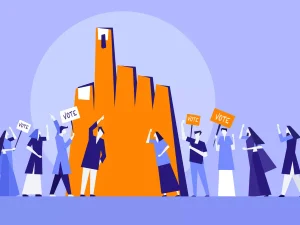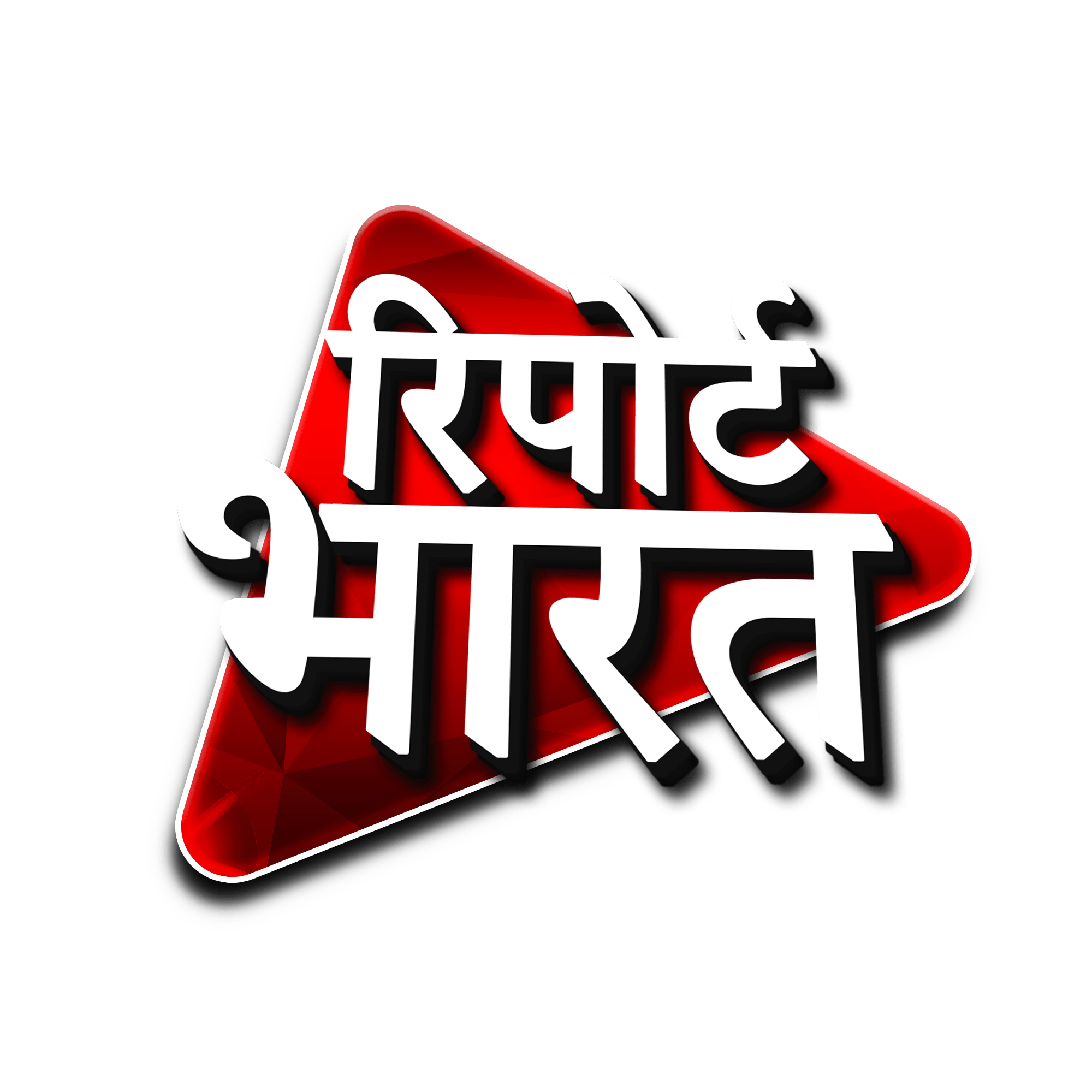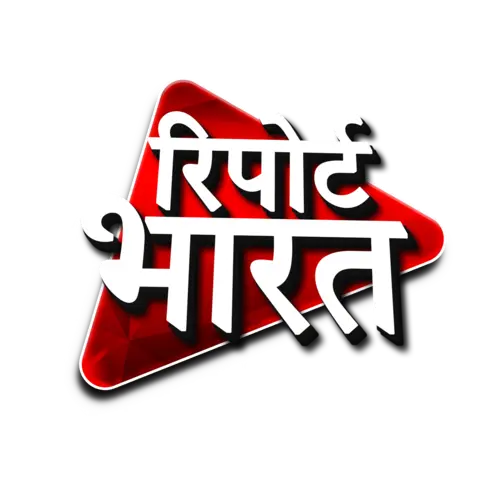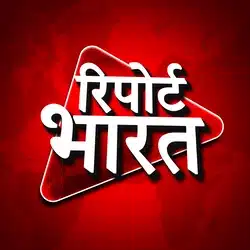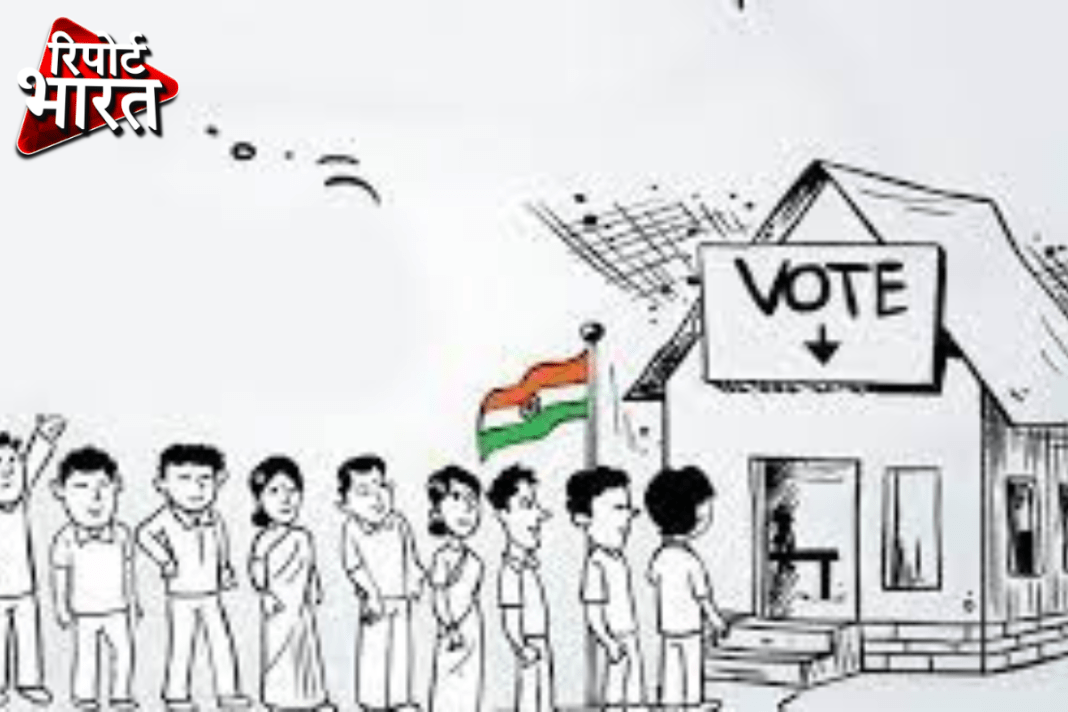Since the inception of independent India, Lok Sabha elections have been celebrated as a festival, occurring every five years, igniting a unique fervor among the populace. These elections hold the power to shape the destiny of the nation, as each vote casts a significant impact on the governance for the subsequent five years. Delving into the history of the Lok Sabha elections reveals a plethora of intriguing facts and developments that have shaped the democratic landscape of the nation.

Multiseat System:
In the nascent stages of Indian democracy, the Lok Sabha elections witnessed a multiseat system, wherein certain constituencies elected more than one Member of Parliament. Initially, some constituencies boasted two MPs, with one representing the general category and the other representing the Scheduled Caste/Scheduled Tribe category. Moreover, in the inaugural Lok Sabha elections, there existed a constituency in North Bengal that astonishingly elected three Members of Parliament. This system, however, was phased out in the 1962 Lok Sabha elections, paving the way for a more streamlined electoral process.

Innovations and Milestones:
The evolution of Lok Sabha elections has been marked by notable milestones and innovations. From the utilization of traditional steel ballot boxes in the early elections, approximately 26 lakh were used during the inaugural elections, to the adoption of Electronic Voting Machines (EVMs) in 1982, the electoral process has undergone significant modernization. The introduction of EVMs revolutionized the voting mechanism, enhancing efficiency and accuracy in the electoral process.
Political Anecdotes:
The annals of Lok Sabha elections are replete with intriguing political anecdotes. Notably, the legendary Atal Bihari Vajpayee remains unparalleled in his feat of winning elections from six different Lok Sabha seats, a record that stands unchallenged to date. Conversely, the enigmatic figure of Joginder Singh, known for contesting 25 Lok Sabha elections as an independent candidate, serves as a testament to the diversity and vibrancy of Indian democracy.
Symbolism and Transformation:
The evolution of political parties, symbolized by their election symbols, reflects the dynamic nature of Indian politics. Both the Indian National Congress and the Bhartiya Janata Party (BJP) have undergone multiple changes in their election symbols and names, symbolizing the transformative journey of these political behemoths.
Demographic Insights:
The demographic composition of voters in various regions of India offers intriguing insights into the electoral landscape. States such as Andhra Pradesh, Arunachal Pradesh, Goa, Kerala, Meghalaya, and Puducherry boast a higher proportion of women voters than men, underscoring the significance of gender parity in electoral participation.
